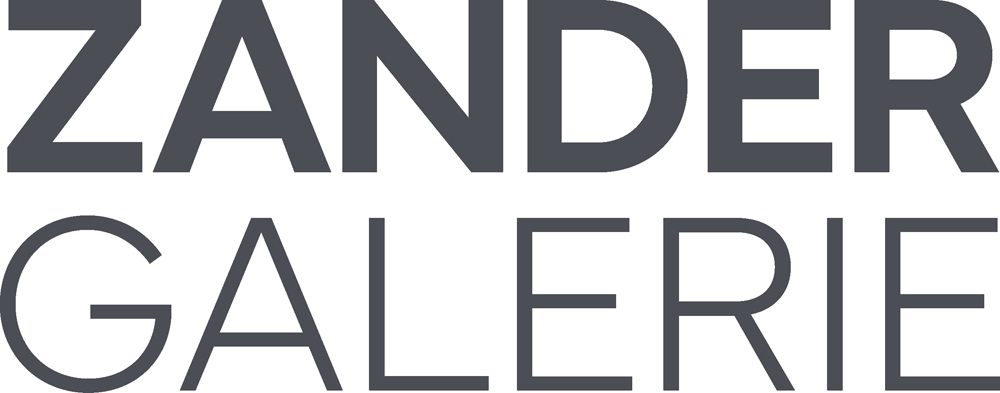HENRY WESSEL Waikiki
Galerie Thomas Zander is pleased to present in its latest exhibition a selection of works from photographer Henry Wessel's series "Waikiki".Following an overview in 2008 of photographs from acclaimed series such as "California and the West", "Real Estate Photographs" and the "Icons", the current show focuses on a group of analogue black-and-white images Wessel created in Waikiki in the late 1970s and early 80s. The exhibition shows a selection of fine handmade artist's prints, which manifest a captivating level of quality.
In his pictures of Waikiki Beach, one of the world’s most famous oceanside resorts, Wessel managed to capture a quintessential slice of the American leisure-time lifestyle in the 1970s and 80s: surf, sand and the pursuit of amusement. What first seem like holiday snapshots turn out upon closer inspection to be documents attesting to a careful sounding-out of boundaries. As the best-known spot in Honolulu, Waikiki’s popularity as tourist destination increasingly shaped its topography: beach cafés, concrete walkways and hotels operated by major chains line the shore, forming a backdrop for sun worshippers, swimmers and joggers, palm trees, sandy beaches and the sea itself. Henry Wessel explores this potent mix and preserves it for all time with his Leica. Beyond all the sun and fun, these images also compellingly demonstrate the deep inroads culture makes into the natural environment. Elements of this antagonistic relationship are pictured either quite blatantly, or with greater subtlety. Close-ups of palm trees, for example, leave a bitter aftertaste when we note the garbage cans lurking in their shade, seemingly heaved out of the picture frame by a hotel complex.
Ever since Henry Wessel (*1942 Teaneck, New Jersey, USA) fled west from the grey New York winter of 1969, the special light he found in California became a major compositional element in his photographic work. Wessel’s interest in light is in evidence throughout his work, including of course in the "Waikiki" pictures. Rarely working with colour photography, Wessel concentrates on black-and-white images in "Waikiki" as well. He once remarked that "playing with greyscale affords greater clarity". Beyond that, Wessel has developed his own thoroughly structured visual language with its characteristic touches of humour and irony. Coincidence, spontaneity and everyday chaos find a natural acceptance in his pictures.
Since the mid-1960s, Wessel has created a diverse body of work that was shaped from the outset by his interest in the sights and spaces of America. Wessel belongs to a group of photographers called "New Topographics", among them Lewis Baltz, Robert Adams, Bernd and Hilla Becher, whose work engages in the dialectical relationship of nature and civilization. The "Waikiki" series shown here was Wessel's first project in the wake of the legendary "New Topographics" exhibition in 1975.
Henry Wessel's work is widely acknowledged through numerous publications and international exhibitions. Most recently, his photographs were featured in the exhibition "Hyper Real - Art and America around 1970" at the Ludwig Forum in Aachen as well as in the show of the Falckenberg Collection / Deichtorhallen in Hamburg.
